“Blessed is the season which engages the whole world in a conspiracy of love.” Hamilton Wright Mabie
In our lives, we come across millions of people, objects, and occurrences, completely oblivious to – or worse, ignorant of – the fact that each person, object, or happening might probably be hiding a world of meanings or concepts underneath.
The same is true with Christmas. We celebrate it every year, decorate our surroundings, and throw parties, but we very rarely think about the ideas and meanings behind many of the Christmas symbols and objects we use for decoration.
Why not take a few minutes to read about the underlying ideas behind every little adorable object and symbol we use to celebrate Christmas?
Why Learn About Christmas Symbols?
The moment we realize the meaning behind these symbols, everything will look different to us. We’ll know why we’re doing certain things in certain ways during this lovely time of the year, and that’ll make a lot of difference in how we appreciate this holy event. Here’s a look at some of the most well-known Christmas symbols and what they represent.
Bells
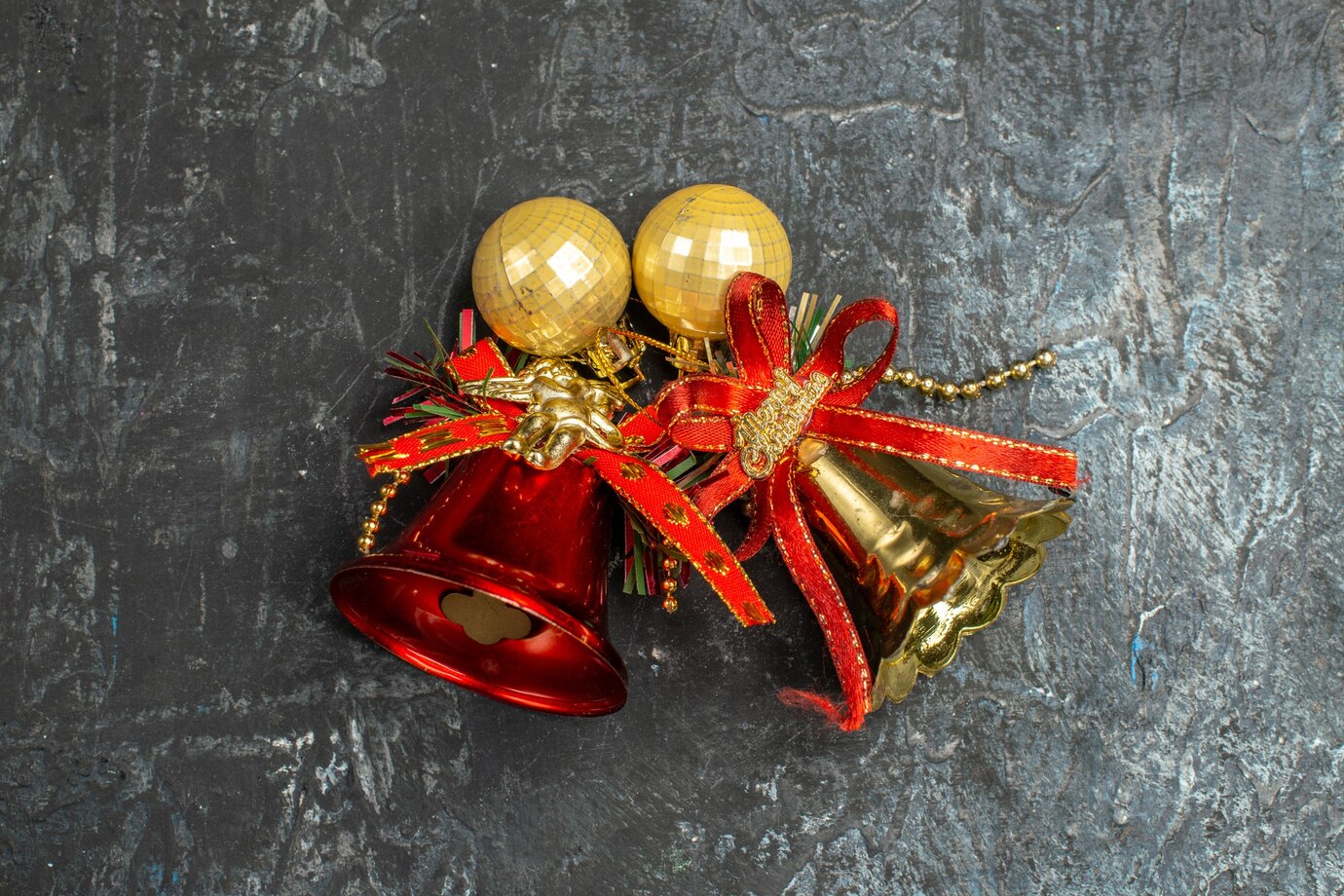
Ever wonder why we hang bells on our Christmas trees or why the reindeer pulling Santa’s sleigh have bells hanging from their necks? It’s certainly not just because of the lovely jingling sound they make. Well, they’re lovely, but there is a story behind the Christmas bells.
Traditionally, bells were used to ward off bad spirits. Later, they were used for announcements (good or bad), and now they represent the joy and happiness people felt when they heard Jesus Christ had been born. The bells also remind us that Jesus is watching over us from the heavens!
Candles
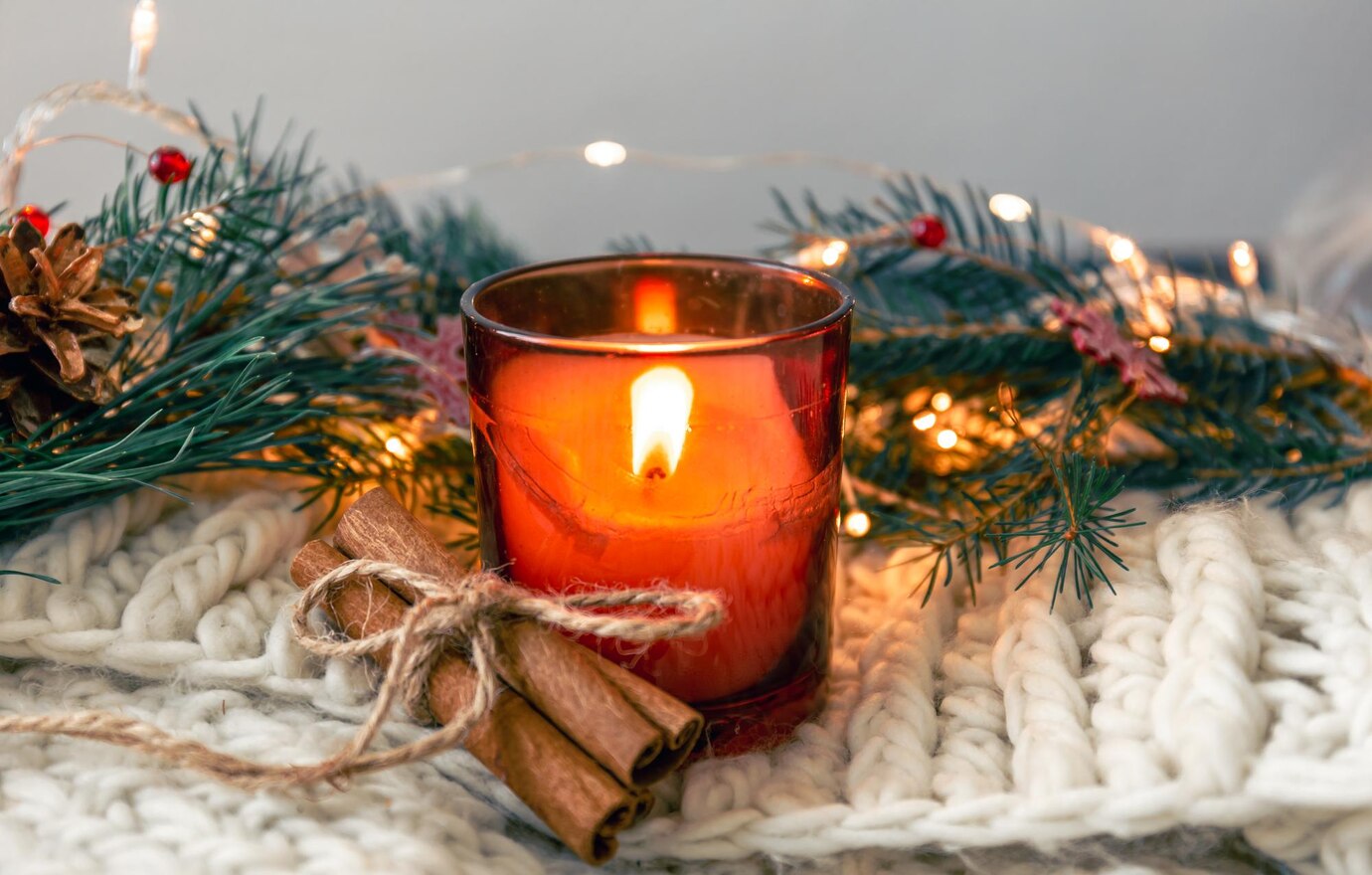
I’ve always believed that there is something mystical about candles. A silent flame gently dancing to its demise leaves an amazingly soothing impression that helps us endure hard moments in life and control our emotions at happy times.
As far as Christmas is concerned, candles represent the star of Bethlehem that guided the Three Wise Men to the city of Bethlehem where Jesus had just been born. It’s also believed that candles enlighten the way for “luck” to our homes. This idea about luck is of course one of the Christmas design misconceptions that ties the burning of candles to good luck!
Candy canes

This may hurt a bit, but no offense! Jesus called himself the Good Shepherd which, by the extent of analogy, means that we’re the sheep! Candy canes are a symbol of the crook that shepherds use to control and protect their sheep. They’re there to remind us that Jesus is the guide and we should follow the path that he’s chosen for us.
Gingerbread
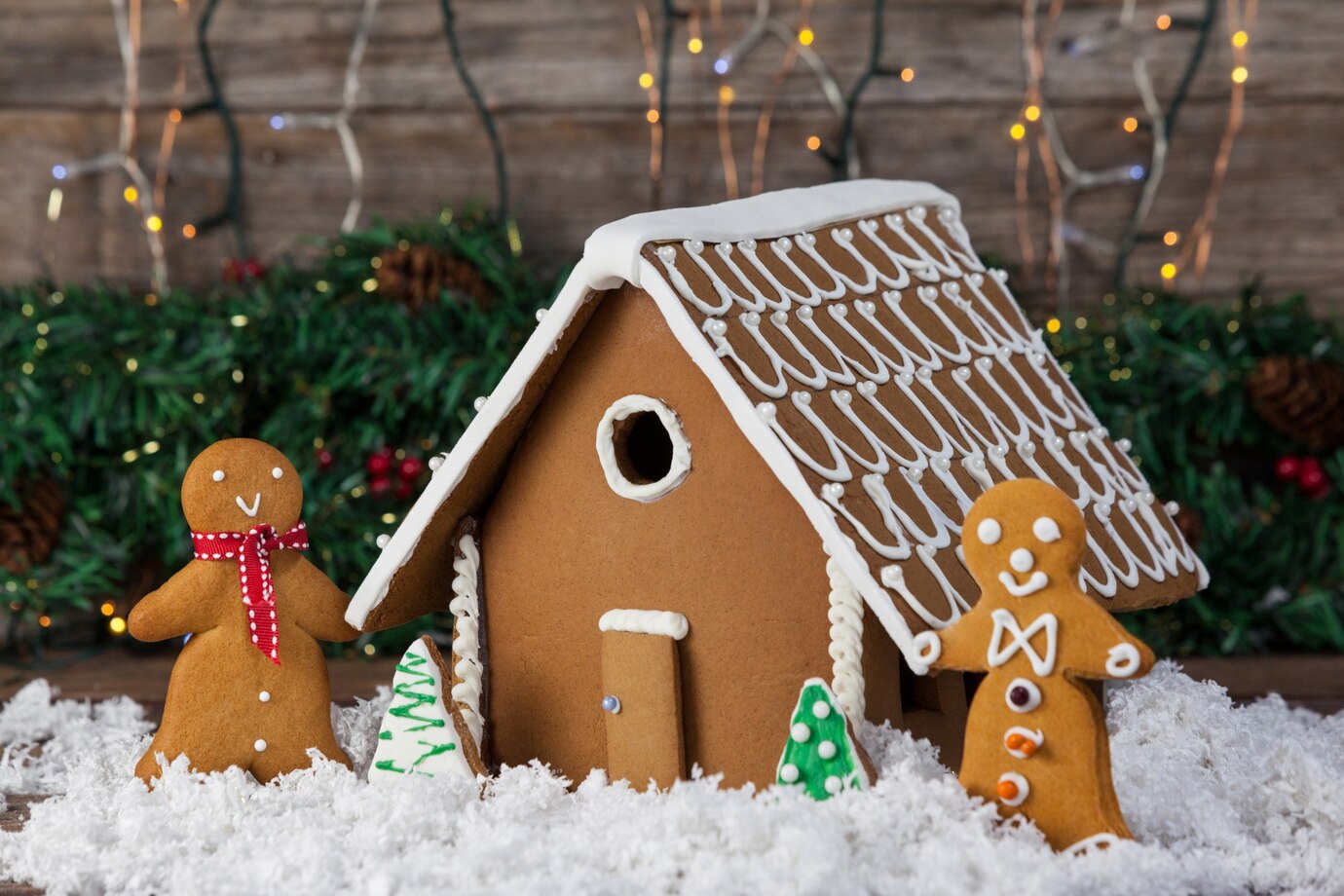
The smiling, brown, biscuit man we eat every Christmas also has a symbolic value. On the one hand, it reminds us of Adam’s creation by God, which means we shouldn’t forget who made us in the first place.
On the other hand, it reminds us of how fragile and weak humans can be, who, in turn, should be happy because the creator and his shepherd are looking after them.
Holly
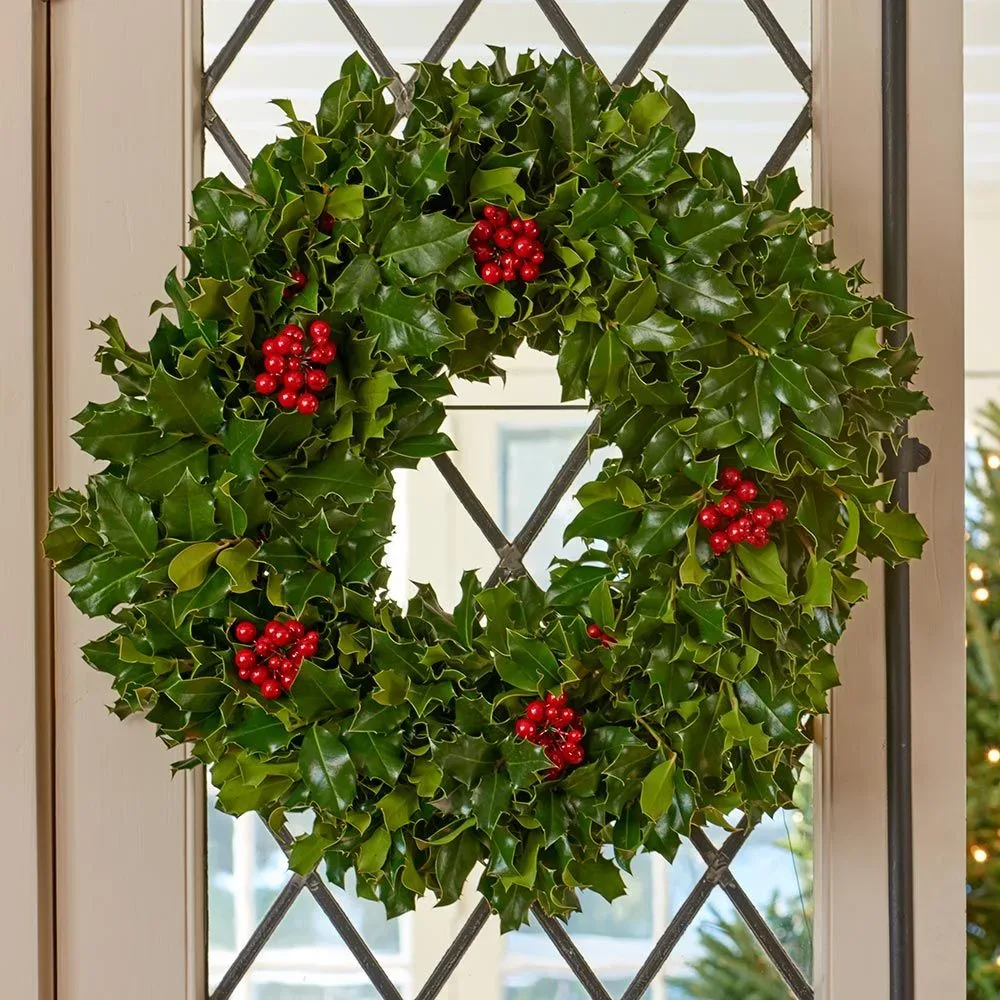
What are the two colors mostly used in Christmas decorations? If your answer is “red and green,” you’re right. But why these two colors?
It all began with Holly. A small evergreen tree with small red berries and spiky leaves. The pointy leaves stand for the crown of thorns that was placed on Jesus’s head at the time of his Crucifixion. The red berries represent the blood he shed on that day.
Mistletoe
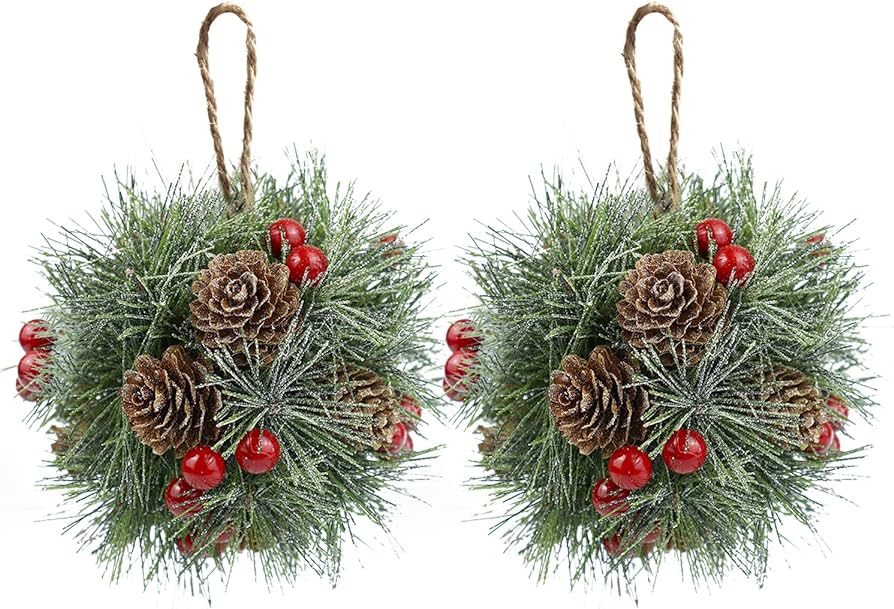
Mistletoe has come to be known as an excuse for an opportunistic declaration of love! But historically, to survive through the hardest hours in life, we decided to think or even dream about the happiest moments ahead of us. That’s why at the beginning of winter, when nature falls into a deep slumber, we remind ourselves of its reawakening in spring.
And how do we do that? By hanging a bunch of Mistletoe on our doorsteps. It’s one of the rarest and most resilient types of plants that grows and blossoms in winter.
Stockings
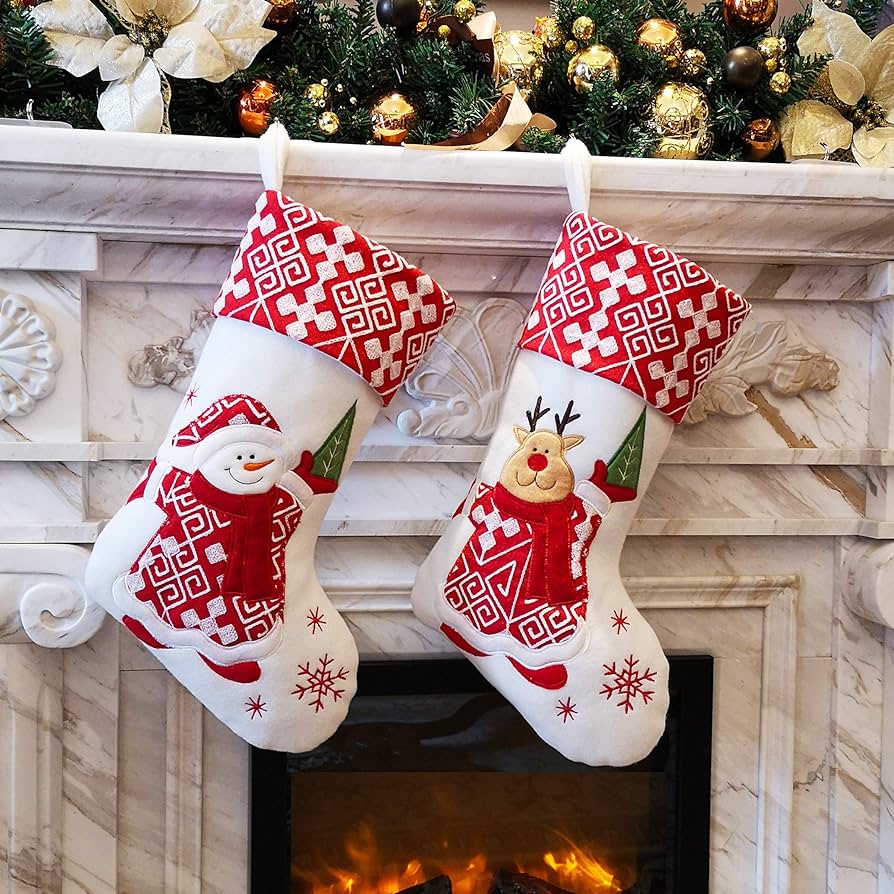
Perhaps one of the nicest stories behind Christmas symbols is the one about the stockings hanging over the fireplace. Here’s how they found their way to our homes.
Legend has it that during the 4th century, somewhere in present-day Turkey, there lived a widower who couldn’t buy any dowry for his three daughters. So, he decided to send his daughters, as servants, to the local bishop. The good bishop, however, refused to receive them and sent them back.
Instead, he headed to the widower’s house at night and threw in some gold from the window. Where did the gold fall? Into the wet stockings hanging by the fireplace!
Today, we hang those stockings in the same place hoping for goodies. Perhaps no one around is as generous as the Turkish bishop anymore, but a few decorative stockings won’t hurt anyone, would they?
Tinsel
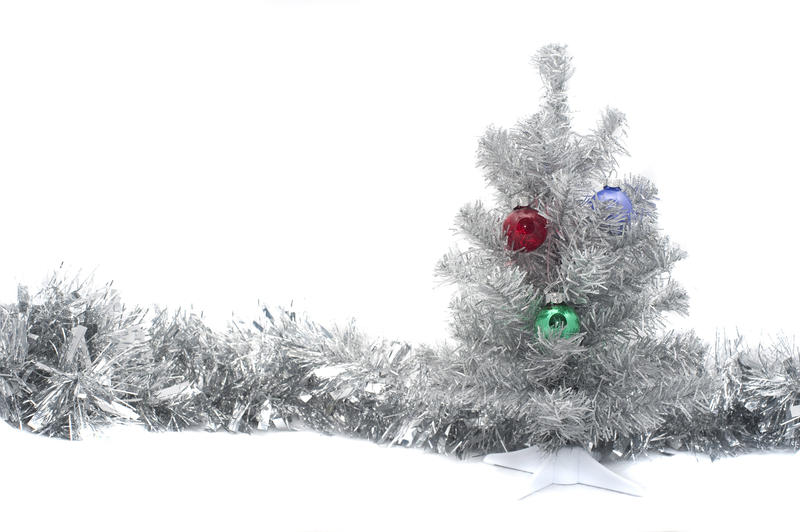
There are different stories about the tinsel we use to decorate our Christmas trees, but they all revolve around the same theme. Here’s the gist of the story. One or several spiders decided to decorate a Christmas tree for a poor woman – for no reason, apparently. One version of the story says that Jesus himself saw the beautiful webs and turned them into silver or gold so that the woman was no longer struggling in poverty!
Wreath
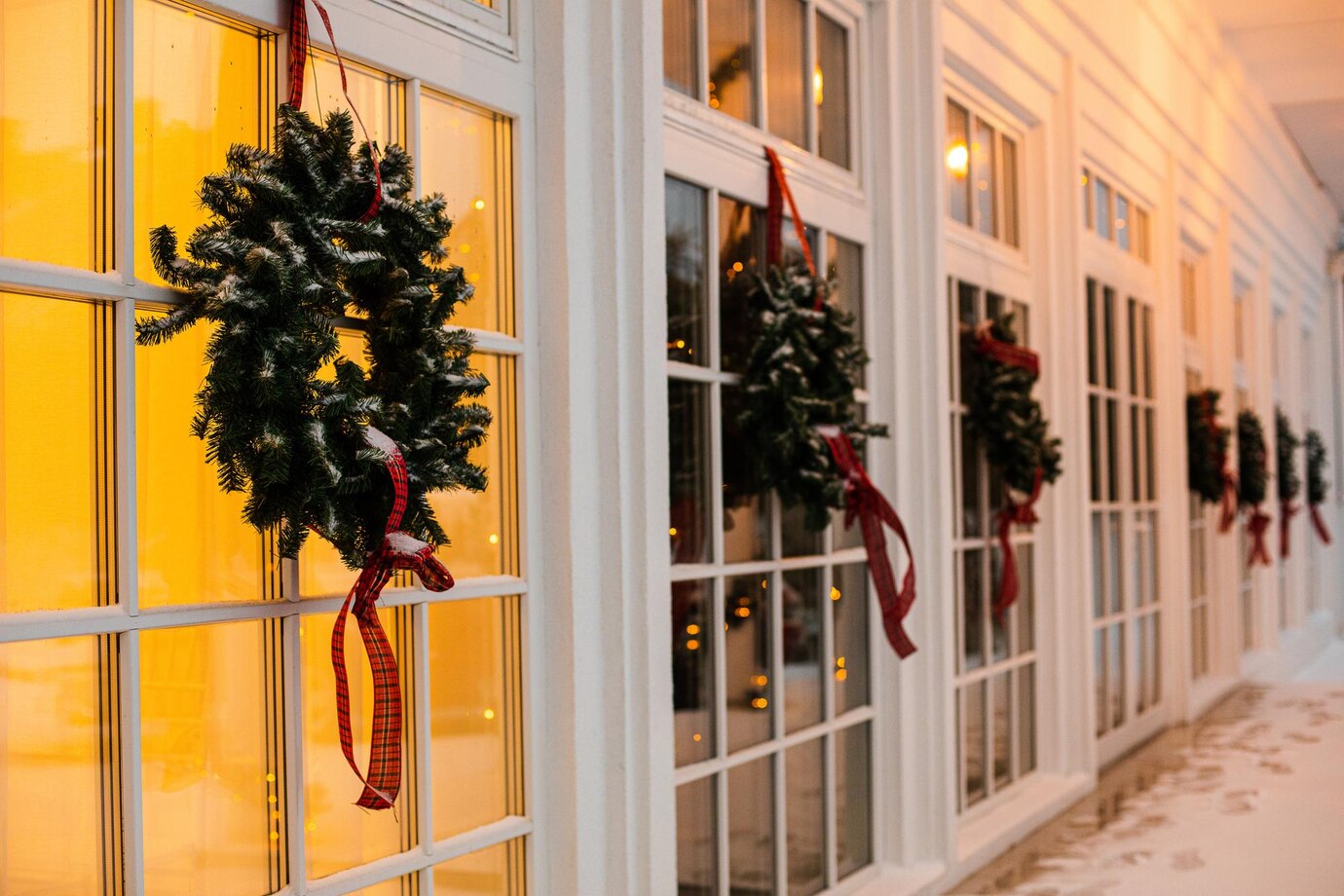
And finally, the lovely wreath we put on our doors. It stands for two things. One: The circle of life to which there’s no end. One life ends, and another begins. What else is there that has no end? Jesus’s love and compassion for humans, which is the second concept behind those beautiful flowery decoratives you find on everyone’s doors!
Our Mission
While enjoying our holidays and spending time with our loved ones, we have a responsibility toward future generations: To first understand and then save these traditions that help humans bond better.
Even if some of the Christmas symbols are rooted in myth, we still need to keep them the way they are. Next time you want to design your home for Christmas, remind yourself that there is a reason behind every single one of those decorations that are meant to spread nothing but kindness, humanity, and love among human beings.





